Everest (에베레스트)
806.5630346711563m 15771 2019-09-02
2-1, Jong-ro 51ga-gil, Jongno-gu, Seoul
+82-2-766-8850
Nepal is located in the southcentral region of the Himalayan Mountains between India and Tibet, accounting for its diverse mixture of both country's cultures. Restaurant Everest allows guests to enter this culturally diverse world by offering cuisine from Nepal, India, and Tibet. In addition, Everest is operated by a Nepali owner, serving affordable food to tourists and students interested in the culture of Nepal. Customers can learn of the traditional food and culture of Nepal while listening to Nepali music and watching movies. The restaurant also provides a seminar area for various meetings.
Gyerim Sikdang (계림식당)
815.5649877458638m 6019 2021-03-19
39, Donhwamun-ro, 4-gil, Jongro-gu, Seoul
+82-2-2266-6962
This is a Korean cuisine located in Jongno, Seoul. The best menu at this restaurant is spicy braised chicken. Try Korean spicy chicken dishes.
Best Western Premier Hotel Kukdo (베스트웨스턴 프리미어 호텔국도)
857.4921520105713m 19675 2020-04-04
164, Eulji-ro, Jung-gu, Seoul
+82-2-6466-1234
The Best Western Premier Kukdo (opened on March 1, 2007) was the first Best Western in Korea. Since then, the Best Western chain has expanded to include 15 different facilities (a total of 1,900 guestrooms) located all around the country.
Best Western Premier Kukdo offers subsidiary facilities such as a fusion restaurant, sky lounge, fitness center, and business center. Each of the 295 guestrooms has a bidet and high speed internet. Double rooms have a shower booth, while twin rooms have a bathtub.
From the sky lounge (21F) guests can get a great view of Bukhansan Mountain, Cheongwadae, Dongdaemun shopping center, and Myeongdong, not to mention a bird’s-eye view of Seoul nightscape. The hotel also offers VIP rooms that can accommodate up to 20 people and a number of other conveniences that makes this an ideal choice for those traveling for business. Myeongdong and Dongdaemun are only a 10-20 minutes away on foot.
HOTEL QB [Korea Quality] / 호텔큐비(호텔QB) [한국관광 품질인증]
882.0632143008625m 625 2023-04-13
322-10, Jong-ro, Jongno-gu, Seoul
+82-10-2408-2842
Located just a three-minute walk away from the Dongdaemun Subway Station in Seoul, the hotel offers easy access for shopping and culture tour. Airport bus passes beside the building and Dongdaemun Shopping Complex, home to large shopping malls and wholesale fashion shops, are only a ten-minute walk away.
QB, which stands for boutiQue Business, reflects our commitment to guests on business trips with high-quality service and rooms. Customized trip consulting service is provided for those who are visiting without information; complimentary luggage storage service is also available.
Hotel QB has 21 rooms in total, ranging from single rooms for solo travelers to quad rooms for up to six persons. The rooms with modern and stylish interior design in pastel tone create cozier atmosphere. Internet is provided without charge in all rooms, and shared PCs are available in the shared kitchen. Guests may also cook for themselves as a microwave oven, an induction, a refrigerator, and kitchenware are available in the shared kitchen.
Neighboring tourist attractions such as Dongdaemun Shopping Complex are always busy with travelers. Dongdaemun Fashion Street, the trend-setting spot for the young, gets even livelier at night, whereas Dongdaemun Design Plaza (DDP) is famous for its night view. The night market, which opens on Friday and Saturday evenings, offers more things to eat and see. In addition, Dongdaemun History and Culture Park, Cheonggyecheon Second-hand Book Shop Street, and Dongmyo Flee Market are close to the hotel. Gwangjang Market, Jongmyo Shrine, and Daehakro Street are located one subway station away, which is also a walkable distance.
Centro de Arte ARKO (아르코미술관)
936.4990384714541m 2574 2023-08-07
Dongsung-gil 3, Jongno-gu, Seúl.
Puerta Gwanghuimun (광희문)
947.9267992557703m 20447 2021-02-24
Toegye-ro 344, Jung-gu, Seúl
+82-2-3700-3900
La puerta Gwanghuimun fue construida en el año 1396, durante el 5º año del rey Taejo, en el sureste de la capital (Seúl). Se suele conocer también como puerta Sugumun (puerta del canal de agua) y fue usada como Sigumun, que literalmente significa 'puerta del cadáver', ya que las procesiones funerales pasaban por esta puerta cuando salían por el este.
Durante la Guerra Imjin (invasión japonesa de 1592 a 1598), las puertas de la fortaleza fueron destruidas a tal grado que fue practicamente imposible encontrar el lugar original de su localización. Sin embargo, los esfuerzos de reconstrucción se iniciaron en 1711 (37º año del reinado de Sukjong) y la puerta del canal de agua fue restaurada con forma de torre. Desde ese momento, la puerta quedó intacta, incluso cuando los muros de la fortaleza fueron derrumbados para construir caminos durante la ocupación japonesa, pero la Guerra de Corea la dejó con graves daños y quedó abandonada. En 1975, empezaron los trabajos de reconstrucción para recolocar la puerta Gwanghuimun a 15 metros más al sur de su localización original, que se encontraba en medio de la carretera.
Manboseong (만보성)
947.0240625543648m 60 2021-03-26
53, Seosulla-gil, Jongno-gu, Seoul
+82-2-766-8488
It is a place where you can eat a variety of Chinese dishes at reasonable prices. This Korean dishes restaurant is located in Jongno-gu, Seoul. The most famous menu is sweet and sour pork.
Parque Marronnier (마로니에공원)
989.003299514059m 3499 2021-07-07
Daehak-ro 104, Jongno-gu, Seúl.
El parque Marronnier tiene en su centro un árbol “marronnier” (castaño de Indias –Aesculus-) simbólico, y en el área se congregan toda clase de centros de eventos culturales al aire libre, exhibiciones de escultura y centros de arte. El área comenzó a desarrollarse en 1975, cuando la Universidad Nacional de Seúl fue trasladada aquí, y unos 50 teatros pequeños y 500 cafés concentrados en el área hicieron a este lugar un sitio de reunión y relajación enormemente querido por los jóvenes y ancianos por igual. El parque se vuelve especialmente concurrido los fines de semana, cuando las multitudes se congregan para compartir los eventos culturales. Las bandas y los cantantes, así como los grupos de baile y los comediantes se reúnen y dan actuaciones in situ. Los adivinos y los artistas callejeros también se hallan aquí y le dicen su fortuna o le dibujan retratos. El parque tiene muchos árboles y bancos para sentarse y relajarse, convirtiéndolo en el lugar ideal para la relajación y los paseos pausados. El parque Marronnier es una parte de Daehangno, la famosa calle conocida como la “meca de las obras”. Además de las obras, aquí hay muchas actuaciones culturales y restaurantes interesantes y cafés que hacen de este lugar el destino habitual de reunión favorito de muchos jóvenes.
Bubu Sikdang (부부식당)
993.5676820772201m 309 2021-03-26
43, Dongsung-gil, Jongno-gu, Seoul
+82-2-765-6056
You can enjoy fusion dishes in a cozy atmosphere. This Korean dishes restaurant is located in Jongno-gu, Seoul. The representative menu is royal stir-fried rice cake.
Hotel PJ (호텔PJ)
995.370029785692m 35485 2021-03-16
71, Mareunnae-ro, Jung-gu, Seoul
+82-2-2280-7000
Hotel PJ is located near Euljiro 4-ga, a transportation hub connecting subway lines 2, 3, 4, and 5, allowing guests to reach Seoul's tourist destinations such as Myeong-dong, Namdaemun, Dongdaemun, Namsan, Insa-dong, Hongdae, and Daehangno with ease. The hotel has 272 guestrooms as well as a restaurant, cafe, banquet halls, and a business center.
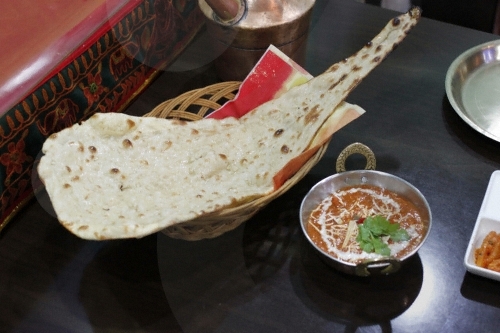
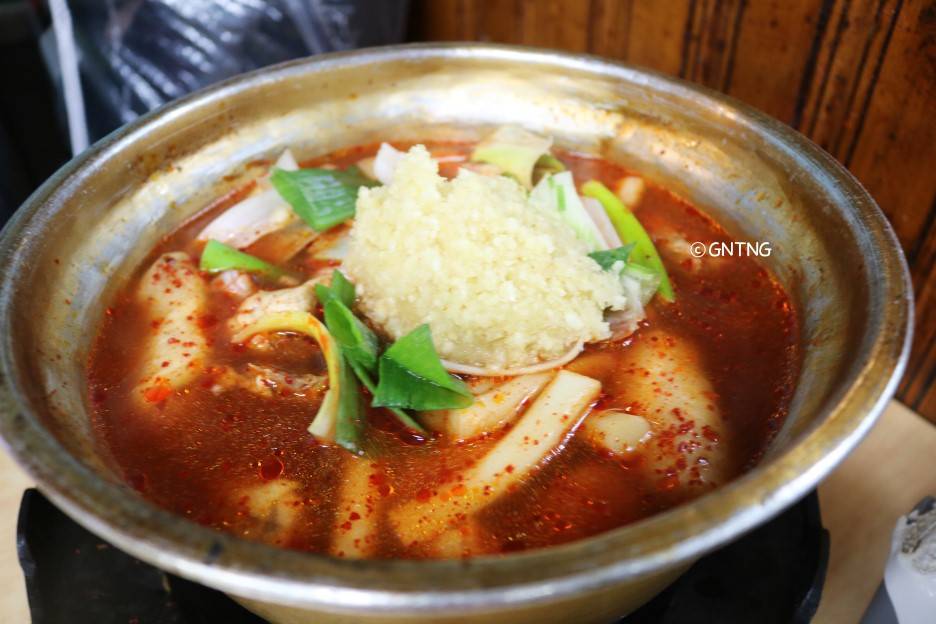
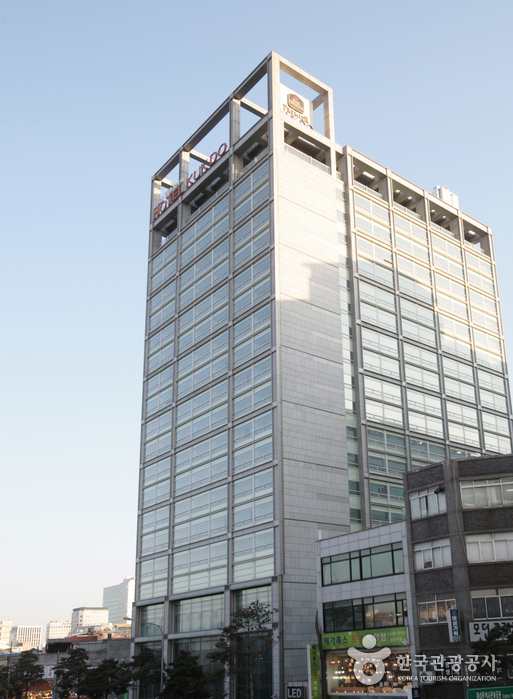
![HOTEL QB [Korea Quality] / 호텔큐비(호텔QB) [한국관광 품질인증]](http://tong.visitkorea.or.kr/cms/resource/54/2634454_image2_1.jpg)
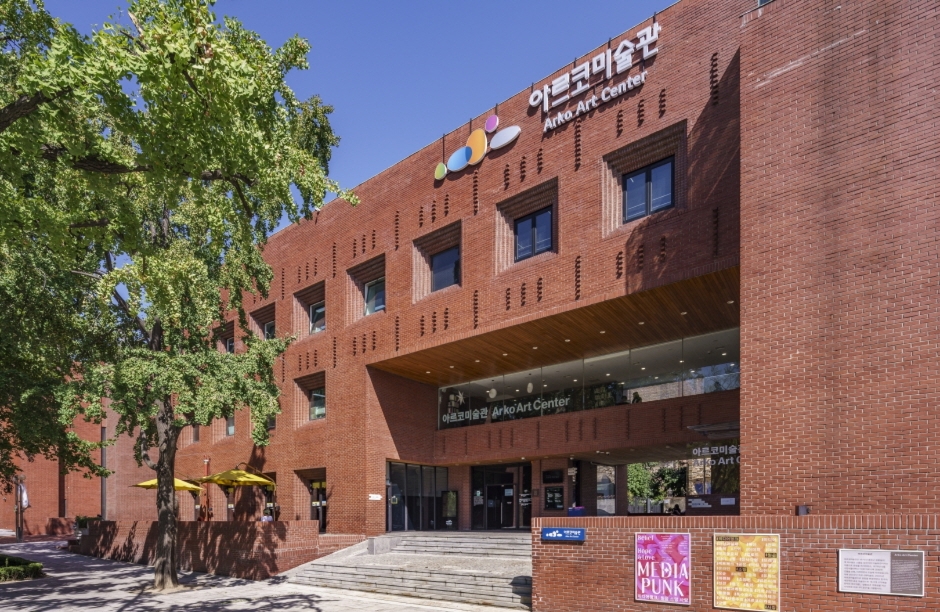
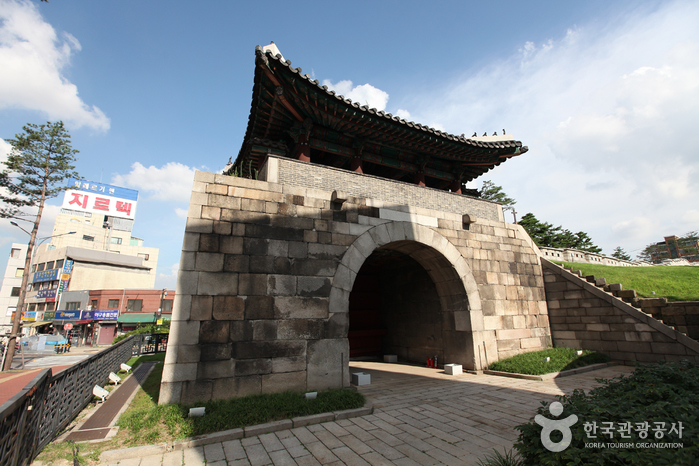
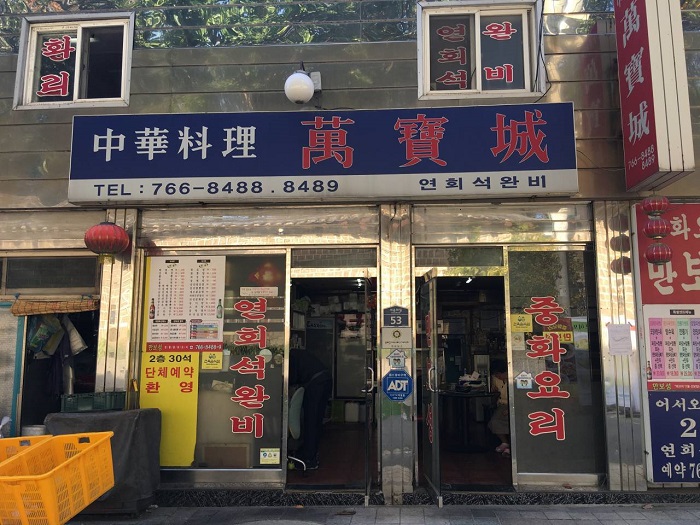
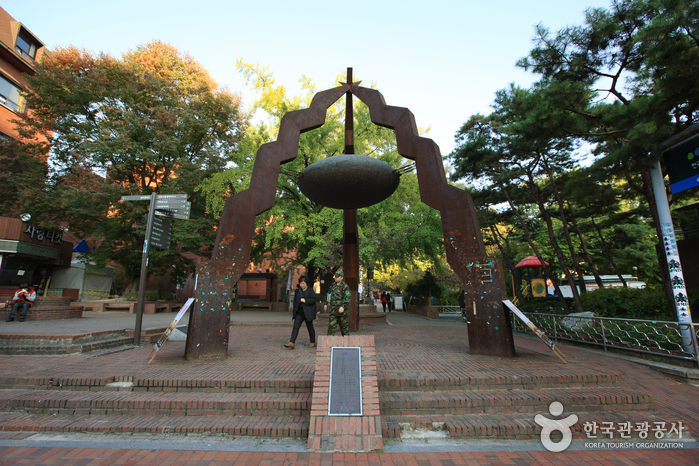
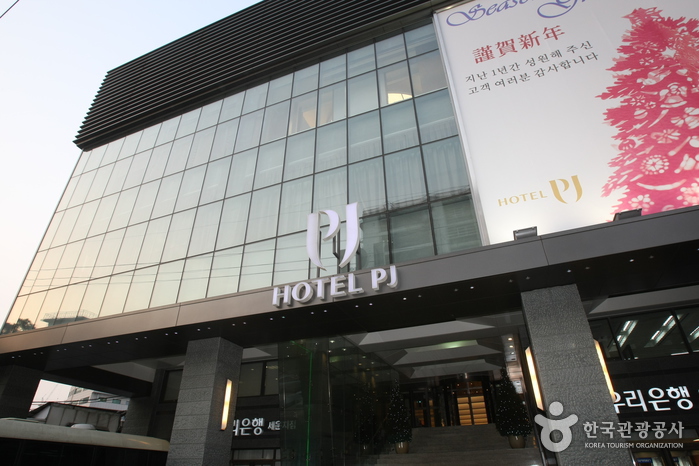
 Español
Español
 한국어
한국어 English
English 日本語
日本語 中文(简体)
中文(简体) Deutsch
Deutsch Français
Français Русский
Русский